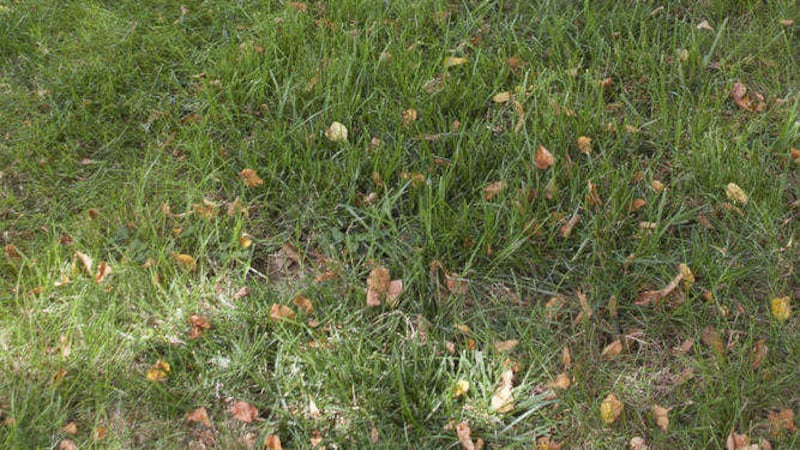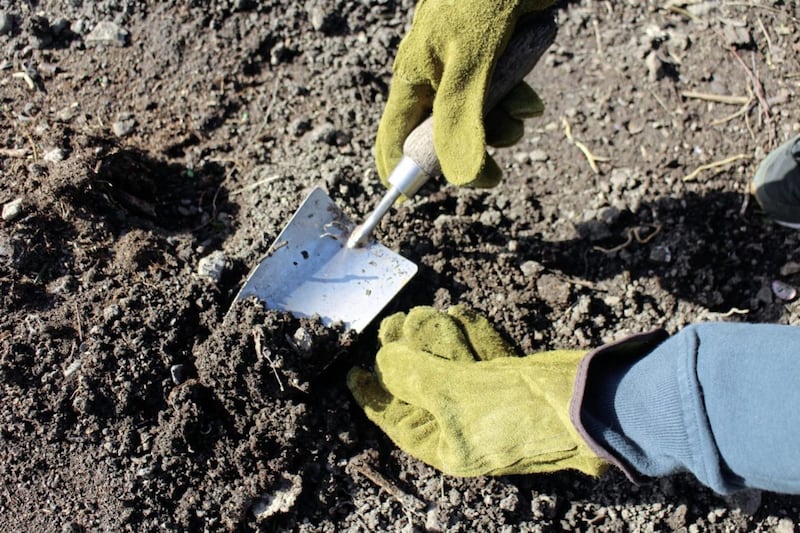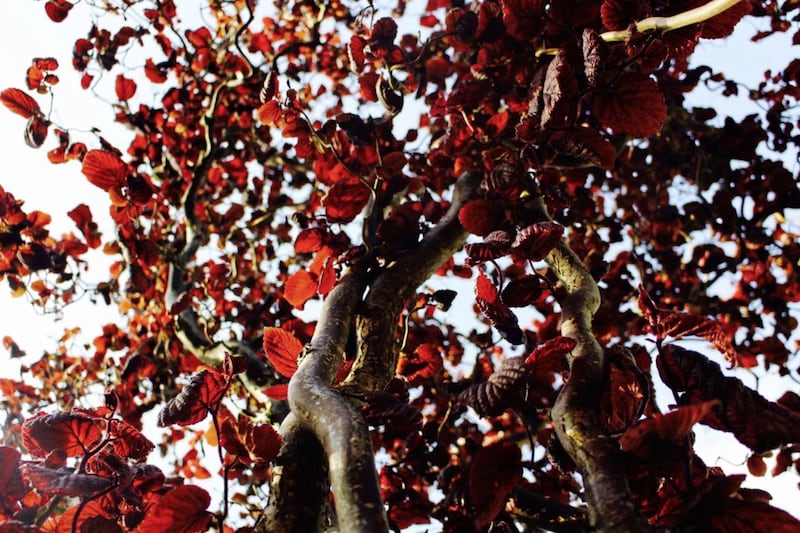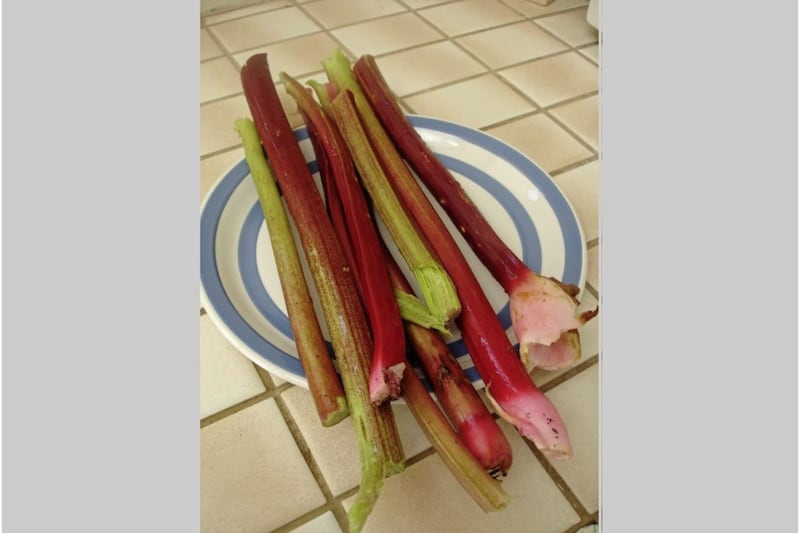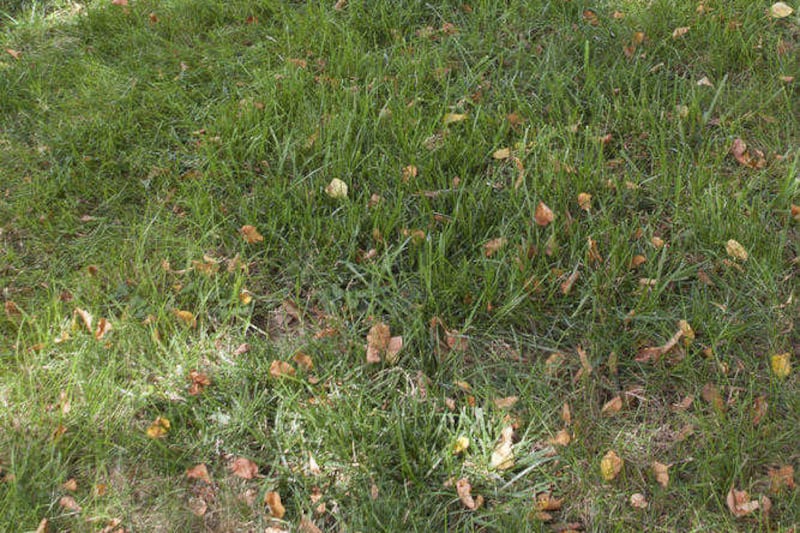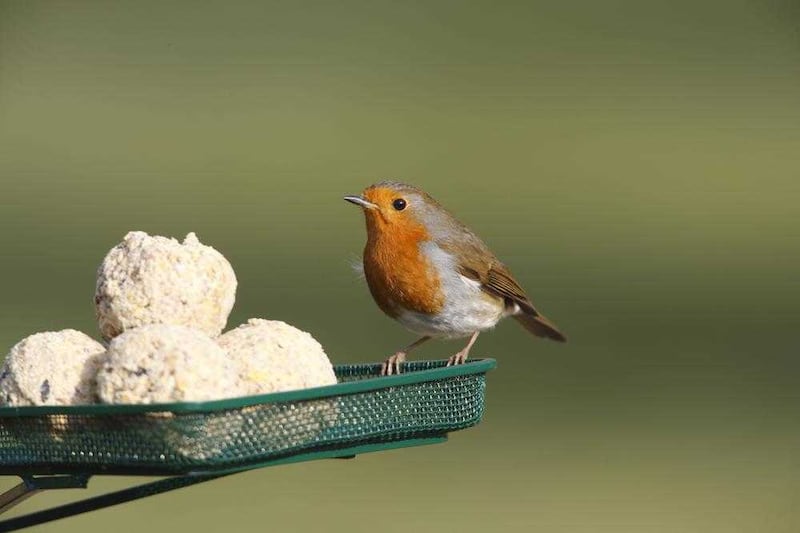:: Plant spring and summer-flowering bulbs – The sooner from September onwards you plant bulbs the better. However, as long as the ground isn’t waterlogged or frozen, any time between now and January should be OK.
For alliums, tulips, crocuses, daffodils, etc the rule of thumb is to plant them nose up in a hole two-to-three times the depth of the bulb. Plant in groups – the larger the group the more impressive the display.
:: Prune blackcurrant bushes – What do mean you don’t have blackcurrant bushes? Fewer fruits are easier to grow than the underrated Ribes nigrum. The blackcurrant bears fruit on new wood, meaning shoots formed over the past growing season will flower and fruit next year. In order to make room for new wood the attentive gardener must steadily cull the old. Use sharp secateurs and loppers on old, darker stems, cutting to ground level.
:: Sow broad beans – Ordinarily I wouldn’t recommend broad beans over other legumes but here their appeal lies in the fact that they can be planted in the autumn and when little else wants to grow. The young plants are tough and with a reasonable winter they’ll take off with abandon in spring. Some varieties need staking so check the pack before sowing. Dwarf variety ‘The Sutton’ is recommended for autumn planting.
:: Mow your leaves – If a method for clearing leaves off grass could ever be deemed fashionable this is it. Instead of raking the leaves simply drive the lawn mower over the top and shred them ready for composting as you go. Ensure the blades of the mower are set high and avoid damp conditions.
:: Make leafmould – A more refined version of composting, leafmould is a rich, natural growing medium created by mimicking the decomposition process of the deciduous forest floor. It can be done a larger scale by creating a mesh pen for all your leaves but the average garden probably creates just enough for a single bin liner's worth. Sweep, hoover or rake fallen leaves before stuffing them into a large black bag. Add some water and poke holes in the side before placing it in a shady corner of the garden. Return this time next year and you'll hopefully find a dark, crumbly mixture that can be used as a mulch or even as a base for potting compost.
:: Clean the pond – Leaves tend to figure a lot in the gardener's autumn maintenance schedule and while they should be regarded as largely benign they can pose problems in your pond. Rotting vegetation in water creates ammonia, which transforms into nitrates and pollutes your water. To avoid algal blooms next spring and ensure your quality remains good, remove leaves from the water's surface before they sink and rot. You may even wish to net the pond where feasible to prevent leaves falling in.
:: Divide rhubarb – Like blackcurrants, rhubarb doesn’t get enough good press. In a crumble, a tart, a fool or as a flavouring – combined with ginger –in gin, rhubarb asks for very little but delivers a taste sensation second to none. Along with mulching, one of the few bits of maintenance the plant requires is occasional division. Lift crowns between autumn and early spring and use a spade to slice the plant sections, ensuring that each retains a portion of the rhizome and at least one growing point. Sections from the outer part are better than the centres of old plants.
:: Move shrubs – As long as a shrub's root system isn’t too expansive you can move it during dormancy in the same way you might rearrange the furniture indoors. Dig a large hole first and fill it with plenty of garden compost. Lift as much of the rootball as possible taking care not to damage your back with what can often be quite a heavy mass. Use a large bag or hessian sheet to contain the rootball. Ensure you replant the shrub at the same depth or slightly higher, backfill and keep well watered.
